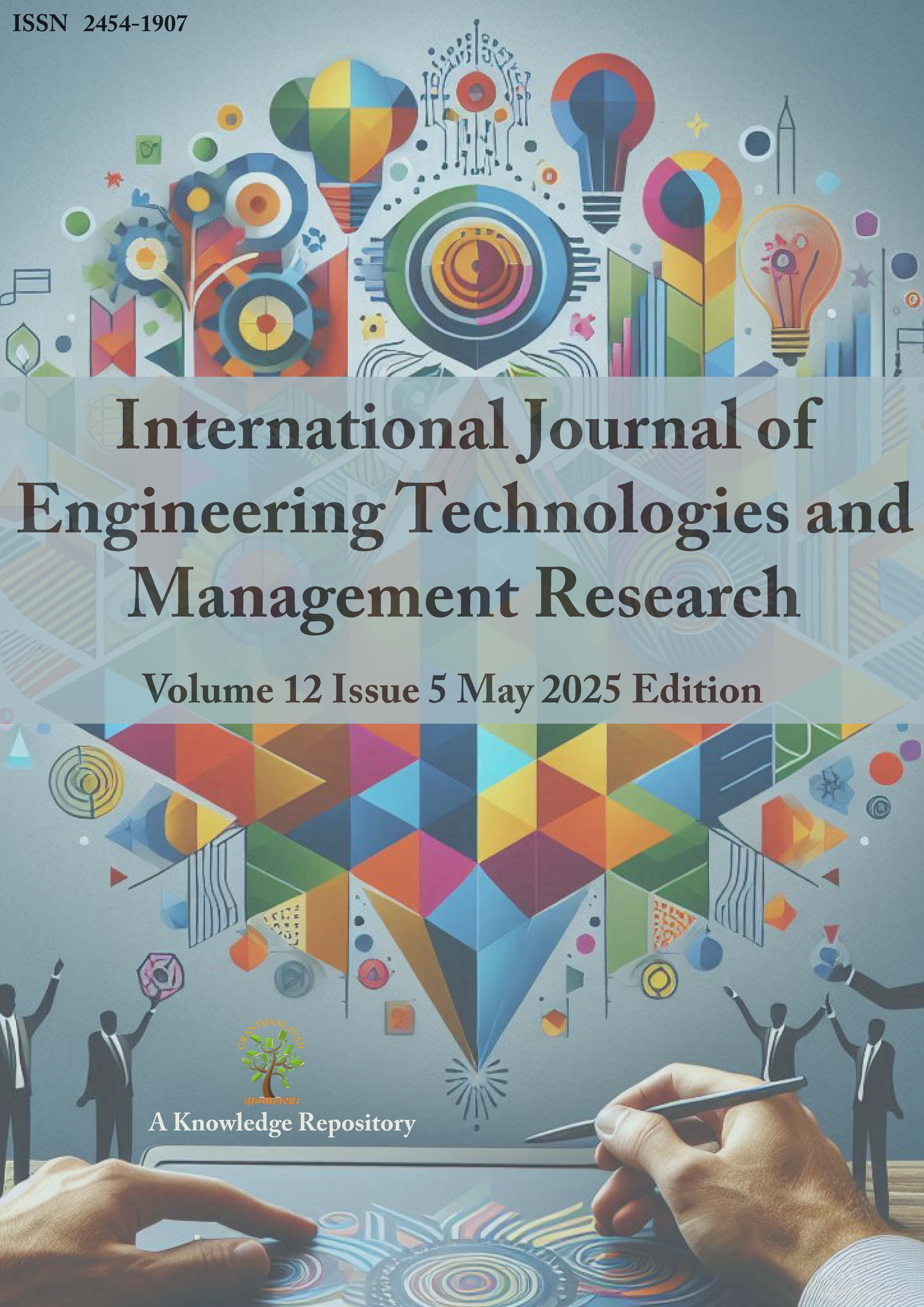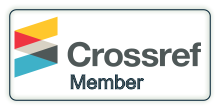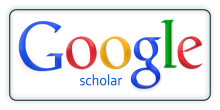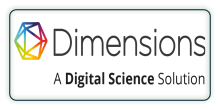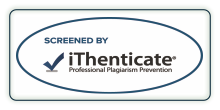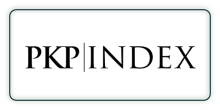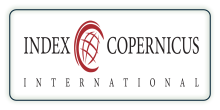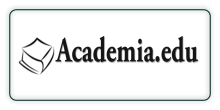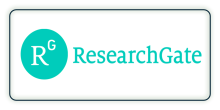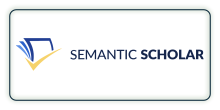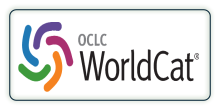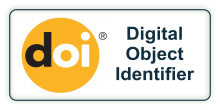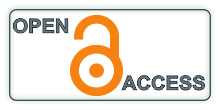CLICK & SHOP: A MODERN E-COMMERCE WEB APPLICATION
DOI:
https://doi.org/10.29121/ijetmr.v12.i5.2025.1617Keywords:
Application, E-Commerce, Modern, Growth, SecureAbstract
The rapid growth of online retail necessitates 2. Secure Transactions: Incorporate secure payment the development of dynamic, scalable, and user-centric e- gateways and data protection measures to safeguard commerce platforms. "Click & Shop" is a modern web user information and build trust in the platform's application built with React.js, designed to deliver a seamless reliability. shopping experience across devices. Leveraging React's 3. Efficient Product Management: Develop a robust component-based architecture, the application ensures back-end system that allows administrators to efficient rendering and state management, facilitating real- manage product listings, inventory, and order time updates and interactive user interfaces. Key features of processing effectively, ensuring smooth operational "Click & Shop" include a comprehensive product catalog, workflows.
intuitive search and filtering options, a secure shopping cart, 4. Scalability: Design the application architecture to and streamlined checkout processes. The integration of accommodate future growth, enabling the addition Firebase enhances the application's capabilities by providing of new features, products, and services without robust backend support for user authentication, real-time compromising performance.
database management, and hosting services. 5. Data-Driven Insights: Integrate analytics tools to monitor user behaviour, sales trends, and other key
Downloads
References
GeeksforGeeks. (2021). How to design a relational database for an e-commerce website. Retrieved from https://www.geeksforgeeks.org/how-to-design-arelational-database-for-e-commerce-website/
Cloudways. (2020). Best PHP frameworks for 2021: A comprehensive guide. Retrieved from
https://www.cloudways.com/blog/best-phpframeworks/
Medium. (2021). Building high-performance ecommerce websites with PHP: A complete guide. Retrieved from https://medium.com/the-iconicpen/building-high-performance-e-commerce-websiteswith-php-a-complete-guide-5953b0fdf5c4
PeterDraw Studio. (2022). E-shop electronic ecommerce website design UI template. Retrieved from https://peterdraw.studio/product/e-shop-electronic-ecommerce-website-design-ui-template/
Stack Overflow. (2021). Common PHP security practices for e-commerce websites. Retrieved from https://stackoverflow.com/questions/39513463/commo n-php-security-practices-for-e-commerce-websites
Laravel Documentation. (2021). Laravel - The PHP Framework for Web Artisans. Retrieved from https://laravel.com/docs
W3Schools. (2021). PHP Tutorial. Retrieved from https://www.w3schools.com/php/
PHP Manual. (2021). PHP: Hypertext Preprocessor. Retrieved from https://www.php.net/manual/en/
MySQL Documentation. (2021). MySQL Database
Documentation. Retrieved from https://dev.mysql.com/doc/
PHP Architect. (2021). Building modern e-commerce websites using PHP. Retrieved from https://www.phparch.com/
These references have played a crucial role in guiding the development process, providing insights into best practices, security, and the effective use of PHP and MySQL technologies for building scalable e-commerce solutions.
Published
How to Cite
Issue
Section
License
Copyright (c) 2025 Raj Srivastava, Ranjeet Dubey, Shivam Kumar, Shivam Gupta, Janhvi Singh, Chanchal Sharma

This work is licensed under a Creative Commons Attribution 4.0 International License.
License and Copyright Agreement
In submitting the manuscript to the journal, the authors certify that:
- They are authorized by their co-authors to enter into these arrangements.
- The work described has not been formally published before, except in the form of an abstract or as part of a published lecture, review, thesis, or overlay journal.
- That it is not under consideration for publication elsewhere.
- That its release has been approved by all the author(s) and by the responsible authorities – tacitly or explicitly – of the institutes where the work has been carried out.
- They secure the right to reproduce any material that has already been published or copyrighted elsewhere.
- They agree to the following license and copyright agreement.
Copyright
Authors who publish with International Journal of Engineering Technologies and Management Research agree to the following terms:
- Authors retain copyright and grant the journal right of first publication with the work simultaneously licensed under a Creative Commons Attribution License (CC BY-SA 4.0) that allows others to share the work with an acknowledgment of the work's authorship and initial publication in this journal.
- Authors can enter into separate, additional contractual arrangements for the non-exclusive distribution of the journal's published version of the work (e.g., post it to an institutional repository or edit it in a book), with an acknowledgment of its initial publication in this journal.
- Authors are permitted and encouraged to post their work online (e.g., in institutional repositories or on their website) before and during the submission process, as it can lead to productive exchanges, as well as earlier and greater citation of published work.
For More info, please visit CopyRight Section

